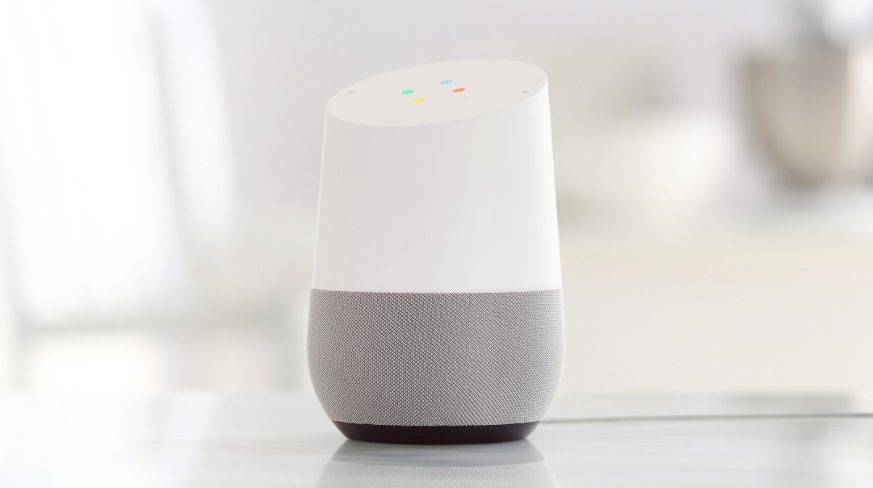With the Google Home smart benchtop speaker coming to Australia, underpinned by the talkative Google Assistant, the search giant is lowering the barriers to entry for local businesses looking to bring their IoT ideas to life.
Google released a preview of the Google Assistant Software Development Kit in April, letting developers run Google's AI-powered interactive service on almost any device.
The timing is advantageous for Australian businesses, with Google revealing its Google Home smart benchtop speaker – powered by Google Assistant – will be available in Australia "mid-year".
Responding to text and natural language spoken commands, Google Assistant is the gateway to Google's wealth of online services, plus it can integrate with a wide range of third-party services including appliances from dozens of smart home vendors.
Meanwhile, the Google Assistant app is also coming to Apple's smartphones and tablets in an effort to expand Google's smart ecosystem.
While Google Home might be a consumer-focused device, Google is releasing the genie from the lamp and bringing Google Assistant to devices of all shapes and sizes – opening opportunities for Australian businesses looking to get on-board the IoT revolution and take advantage of Google Home speakers.
Beyond traditional smart home appliances such as fridges and dishwashers, Google Assistant is also embracing the IoT, with the latest Android Things developer preview adding Google Assistant SDK support.
Android Things is Google's low-power operating system optimised for IoT devices, making it easier for developers to build their own smart devices from scratch, or else integrate Google's smarts into their existing products.
Offering IoT developers easy access to AI-powered voice commands, rather than expecting them to reinvent the wheel, opens a world of opportunities for businesses looking to embrace IoT while easing the learning curve, says Wayne Piekarski, Senior Developer Advocate at Google for IoT, Living Room, Android and Wearables.
"While phones were bigger than PCs, Internet of Things is going to be bigger than phones," says Piekarski, speaking at the Google I/O 2017 developer conference in Mountain View, California.
"Android Things uses standard Android APIs to make IoT devices, so you can use your existing code base and development tools or you can hire any Android programmer to build IoT software for you."
Android Things runs on palm-sized System on Chip (SoC) boards such as the Raspberry Pi, Intel Edison and other hardware designed to power embedded systems.
To help businesses which are dipping their toes in the water, Google has partnered with AIY Projects to offer a barebones Google Home kit. While developers must supply their own Raspberry Pi, the kit includes a voice control add-on board, microphone, speaker, button and cardboard shell.
From here, developers can step up to System on Chip modular development boards which are useful for development work and prototyping, making it easier to add extra functionality like external sensors.
"We want to democratise hardware development," Piekarski says. "You can easily build a prototype, perhaps putting a breadboard next to it with jumper wires running across, and then when you've finished you can take that custom board and shrink it down."
"Once your smart device is ready you don't need to develop a separate app for your users to run on their smartphones. Google Home will manage your device so users can just sit back on the couch and tell Google Assistant what they want."










